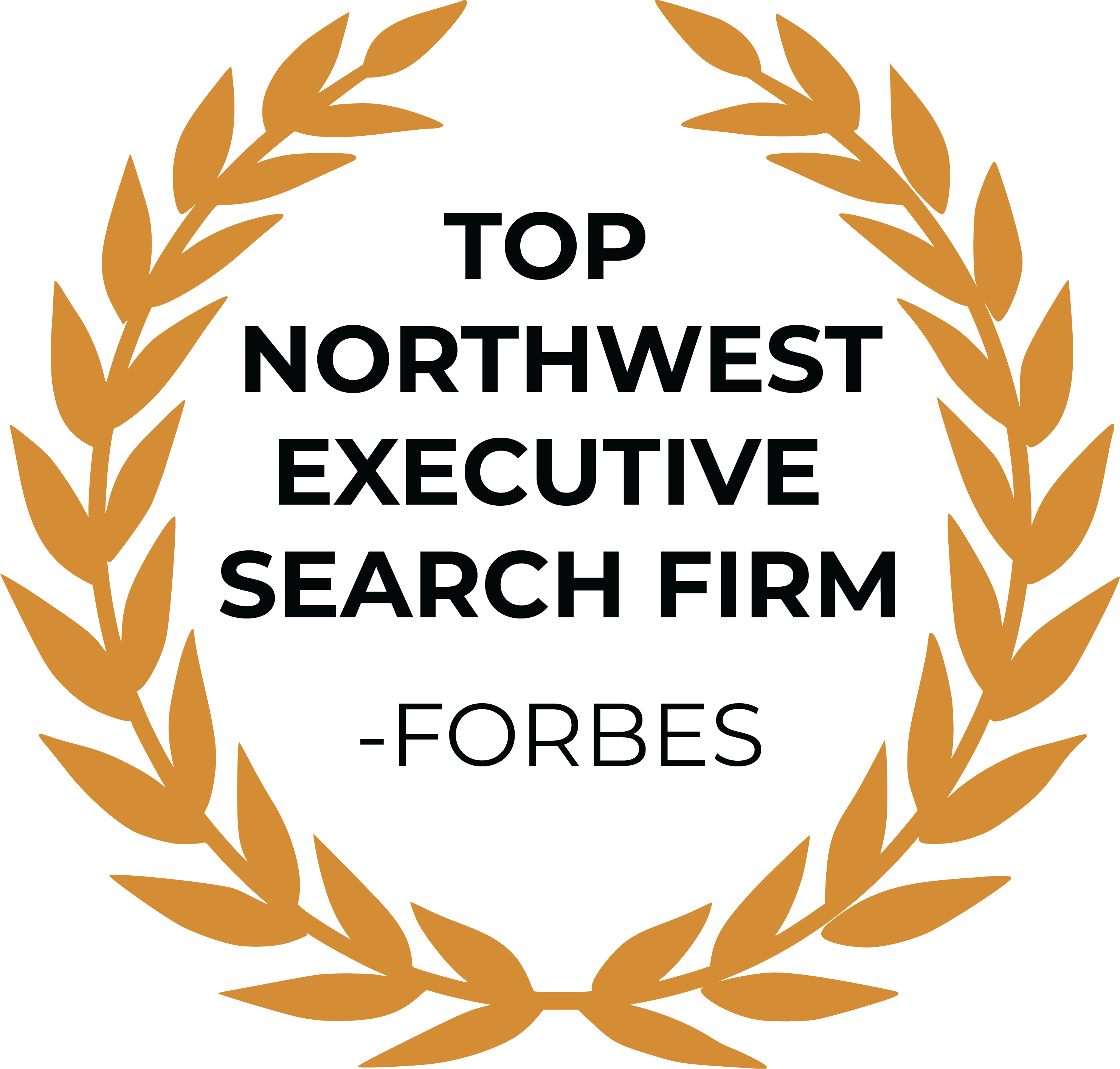Aim Smart When Targeting A New Job

Bull’s eye! I have a dartboard in my man-cave where my buddies and I play. In darts, sometimes you need to hit the bull’s eye to win, but occasionally it’s the next ring out, like #17 or #19. It’s helpful to think about your job search the same way, as you decide which roles to aim for.
“A man who chases two rabbits catches neither.” So goes the Chinese proverb, an apt description of the folks who let fly hundreds of resumes without aiming in any particular direction.
Vocationally speaking, you can point your resume at three targets. Where you aim may depend on your situation, just like darts, but you need to set your sites on one rather than trying to hit all three at once.
Target #1 – Bull’s Eye: Same role AND same industry
When first looking at a job change, most of us begin aiming for a similar job (such as sales) in the same industry (such as tech). Effectively, you are doing the same thing but with a different logo.
I consider this the bull’s eye because it is your strongest leverage with companies and recruiters. You are a “specialist.” You will receive a better response rate and higher compensation because you can make an immediate impact with your proven track record in that similar industry.
The challenge with bull’s eye roles, however, is that they are more limited. If you’ve pursued this target without results, you might need to alter your aim. Or perhaps you feel that your last role was not really a great fit, or maybe you want to change industries to find a new challenge or work that’s more inspiring.
How do you look beyond the bull’s eye without losing focus? How do you target your search outside the ring of obvious positions? There is a strategy to expand your pool of options while remaining competitive as an applicant.
Target #2 – One Ring Out: Different role OR different industry
Aim one ring outside of the bull’s eye by looking at different roles within your current industry or similar roles in different industries. Change one, but not both at the same time.
For example, if you are a sales associate working in retail, you could focus on a sales role at a technology company. Same job (sales), but a different industry (technology vs. retail). Or, you could stay in the retail industry but try to land a marketing position. Different job (marketing vs. sales), but still the same industry (retail). Make sense?
Either scenario is one ring outside of the bull’s eye, but in both cases, the candidate brings related qualifications (role or industry) to a new employer who would value that experience. To use another gaming analogy, it’s like a basketball player who plants one foot and pivots the other to find a better shot.
When people are feeling stuck in their job transition, I’ve found that the most successful career moves are one ring out. This broadens the field to hundreds of relevant options without compromising your competitive edge.
Target #3 –Two Rings Out: Different role AND different industry
Target #3 represents the most drastic change. It requires aiming outside of your core job experience to search for a different role in a different industry. You are now competing with everyone—from the people with qualified work experience to the people without any relevant experience—without any advantage.
For example, if an accountant in the manufacturing industry decides to apply for a sales job in real estate, that’s a different job (sales vs. accounting) AND a different industry (real estate vs. manufacturing). A big change!
This strategy means hitting reset on your career and moving back to an entry-level role. Pursuing a job that’s two rings out is very hard because you’re among the least qualified of applicants, most of whom likely bring at least some relevant experience to the table.
Despite the perils, aiming “two rings out” is a mistake I see all too often. When bull’s eye jobs are scarce or slow in coming, job seekers panic and start applying for any job anywhere, hoping that a higher volume of activity might lead to results. But these widespread options yield a much lower positive response rate, which only fuels internal fear and doubt.
To make matters worse, if you do land a job two rings out, chances are the learning curve will be very steep and the work will be a struggle—for you and for your new employer—jeopardizing your shot at future success. You may also end up typecast based on your new job, which is not where you intended to be which makes the next job search harder too.
As a general rule, avoid targeting jobs or industries unrelated to your previous work. The only thing you’ll likely find is wasted time and frustration. Instead, focus your energy on the bull’s eye or one ring out. In retrospect, you will realize your prior experience gave you valuable skills and insight that prepared you for future roles which make a logical link.
The Career Two-Step
What if you want to make a change in both your job and industry?
It’s possible, but I recommend a two-step process, rather than trying to make the big leap all at once. Aim for two one-ring moves back-to-back as you map out your career journey and anticipate your next couple of jobs.
For example, let’s say our marketing person in the manufacturing industry really wants to make that jump into a sales role in the technology industry. I would recommend starting with a marketing job in tech or a sales job in manufacturing.
In summary:
| Same Role | Different Role | |
| Same Industry | Bull’s Eye | Good strategy |
| Different Industry | Good strategy | Risky, consider two steps |
For more helpful job search tips: Ultimate Job Search Guide: Recruiter Insider Tips

